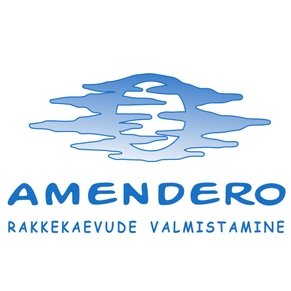Septic tanks: your complete guide
A septic tank is an underground wastewater treatment structure commonly used in areas lacking centralized sewer systems. It uses a combination of nature and proven technology to treat household wastewater from plumbing fixtures (bathroom, kitchen, laundry).
Septic systems are designed to separate solids from liquids, digest organic matter, and safely disperse the treated effluent into the ground. A typical system includes a septic tank and a drainfield, or soil absorption field.
Proper maintenance of a septic system is crucial for its efficiency and longevity. Neglect can lead to system failure, environmental pollution, and costly repairs.
Types of Septic Systems
Conventional septic systems are the most common type, consisting of a septic tank and a trench or bed subsurface wastewater infiltration system.
Alternative systems are used when soil conditions are not conducive for conventional systems. They may include sand filters, mounds, and advanced treatment systems.
Installation of Septic Tanks
Before installation, a site evaluation must be conducted to determine the suitability of the soil and to design the system. Permits are usually required from local health or building departments.
Choosing the right septic tank involves considering the size of the household, the soil type, and local regulations. Tanks can be made of concrete, fiberglass, or plastic.
The installation of a septic tank involves excavation, setting the tank in place, connecting it to the plumbing system, and ensuring proper drainage and venting.
Maintenance and Care
Septic tanks should be inspected regularly and pumped out every 3 to 5 years to remove solids and prevent system failure.
Owners should be mindful of what goes down the drains, avoid using harsh chemicals, and conserve water to prolong the life of their septic system.
Warning signs of septic system failure include unpleasant odors, slow draining fixtures, and wet areas around the drainfield. Immediate action should be taken to address these issues.
Environmental Impact and Regulations
Properly maintained septic systems protect the environment by preventing the contamination of water sources and preserving local ecosystems.
Septic system owners must comply with local health department regulations, which may include system inspections, maintenance requirements, and operational standards.






Comments (0)